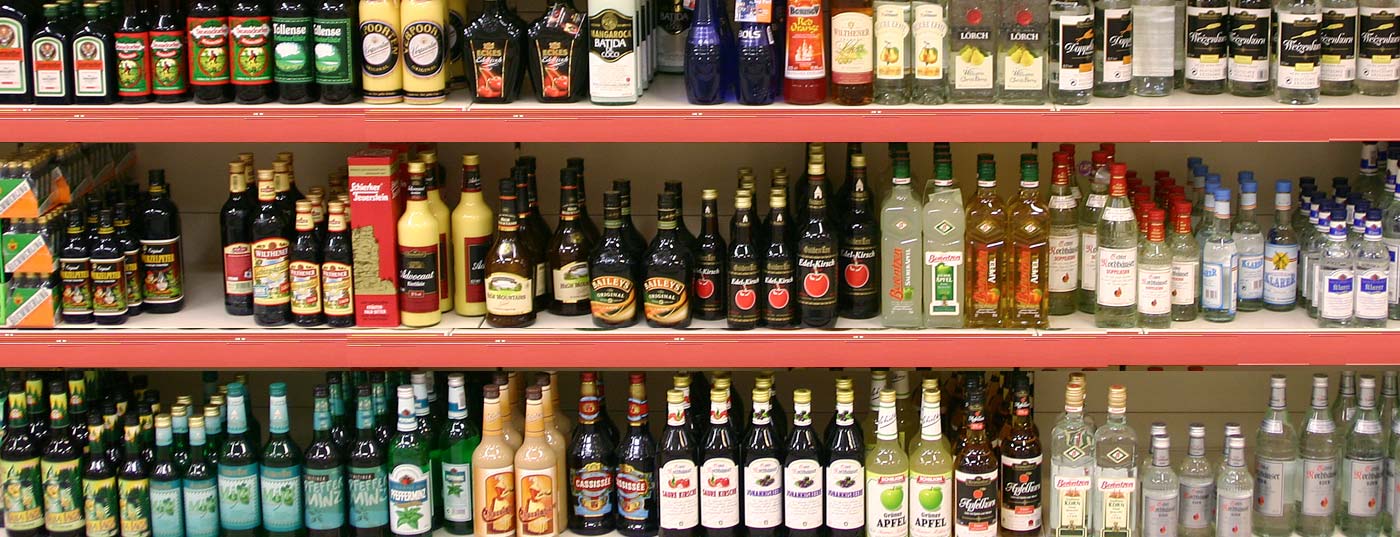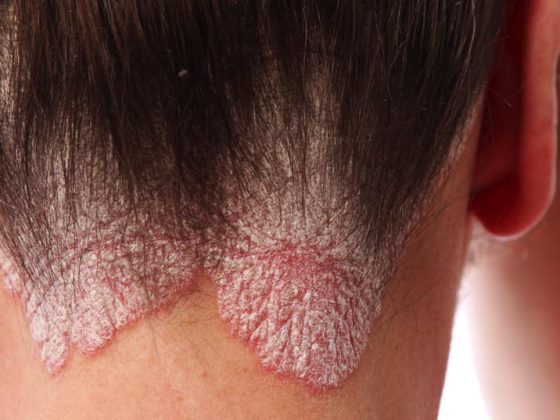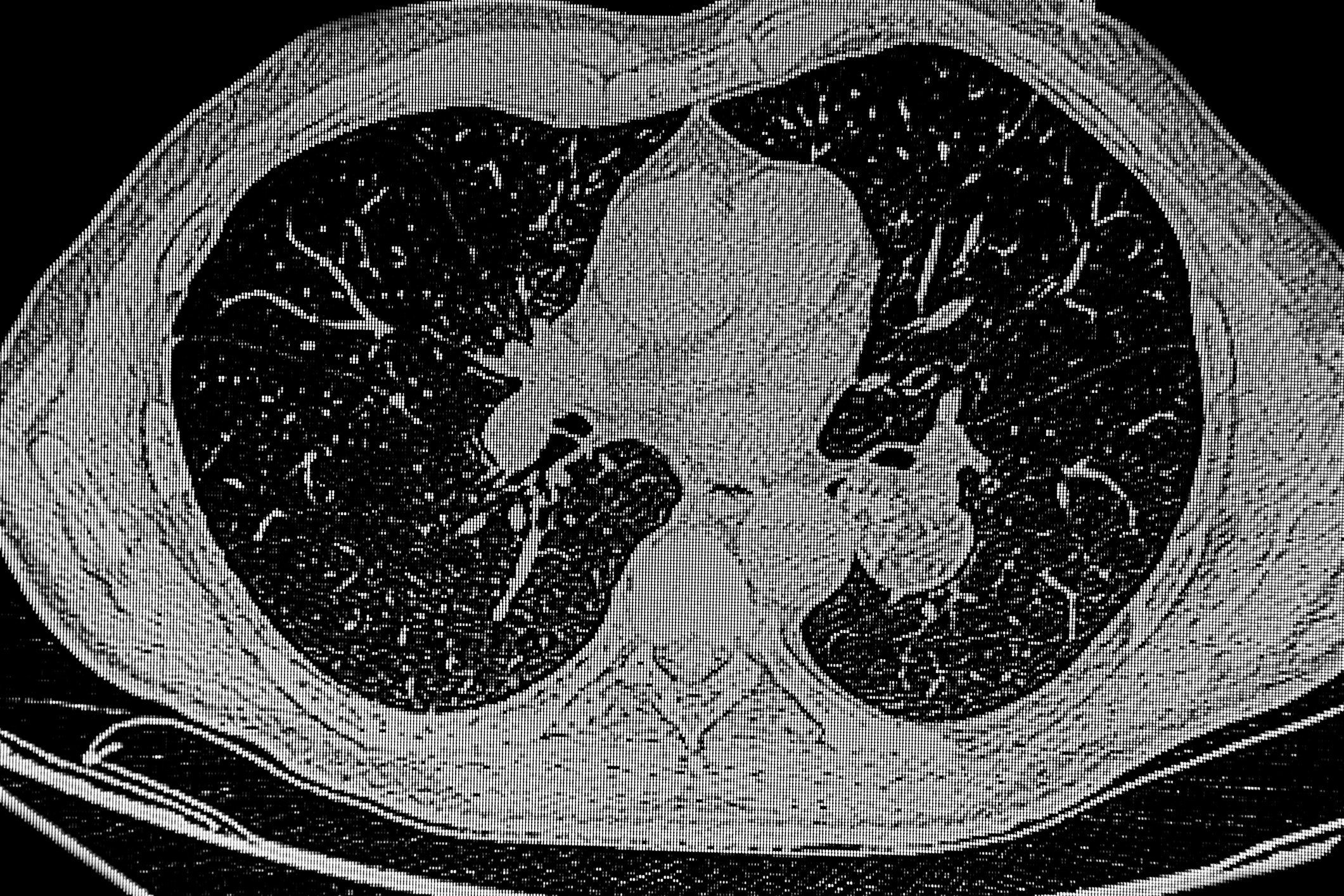Alcohol is by far the most commonly consumed psychoactive substance worldwide – often with fatal consequences for health. Recently, long-held paradigms for treating alcoholic patients have been shaken. Current options for the treatment of alcoholism were presented at the Congress of the European College of Neuropsychopharmacology (ENCP, October 18-21, 2014) in Berlin.
(mw) Why more than two billion people worldwide reach for alcohol despite the knowledge of health risks is not so easy to understand in the first place. A look at our ancestors offers possible explanations, according to Prof. Dr. med. Rainer Spanagel of the Central Institute for Mental Health in Mannheim. The alcohol in overripe fruit was already an important source of nutrients for our primate ancestors because of its high sugar content. With low availability in nature, alcohol preference and a heightened sense for finding alcohol sources have long been important selection advantages.
Only 9000 years ago – with the development of the art of brewing – people began to produce alcoholic beverages themselves. The associated danger of intoxication has not yet had any influence on the evolutionary process because of the too short time span. The excessive consumption of alcohol by humans is thus an evolutionary “hangover,” the addiction physician said.
Disulfiram as the first pharmacological approach to alcohol addiction
Beginning of the In the 19th century, excessive alcohol consumption was first described as a disease of the brain. But it took until the 20th century, until with the introduction of disulfiram (Antabus
®
), the first pharmacological therapy for the treatment of alcohol dependence came onto the market. The accidentally discovered mechanism of action is as simple as it is effective: disulfiram inhibits aldehyde dehydrogenase, which means that the simultaneous consumption of alcohol causes very unpleasant symptoms such as nausea, headaches and palpitations. All other drugs available today, such as acamprosate, naltrexone, and nalmefene, act more as “anti-craving substances” and thus have a completely different mechanism of action.
Acamprosate – calcium as the actual active ingredient?
Acamprosate (calcium acetyl homotaurinate) is thought to attenuate the hyperglutaminergic status of the alcoholic. In an attempt to improve the relatively poor bioavailability of the compound, the molecule was changed to be a sodium salt rather than a calcium salt. Although this resulted in significantly increased serum levels in rats, it also resulted in loss of efficacy. In addition, plasma calcium levels were shown to be associated with time to first drink and severe relapse in alcoholics. It could thus be that calcium is the actual active ingredient in acamprosate, Prof. Spanagel said.
What is the role of opioid receptors?
A change in thinking about naltrexone may also be needed, the expert said. The previous notion that alcohol consumption leads to increased release of endogenous opiods and the associated activation of the μ-opioid receptor (μ-OR) leads to increased dopamine release may be an oversimplification. Thus, post-mortem studies in alcoholics and control subjects have shown that μ-OR are more likely to be downregulated in alcoholism, and low density in the striatum is associated with particularly severe alcohol dependence. This was also confirmed in a prospective [11C]carfentanil PET study in people with alcohol dependence – where low μ-OR density was associated with increased risk of relapse.
But how does this fit with the presumed mechanism of action of naltrexone, which blocks opiate receptors? It appears that reduced β-arrestin activity in alcoholics favors conversion to a G-protein-coupled μ-OR with enhanced signaling. This is especially true in people with a specific polymorphism in the opioid receptor (A118G allele). Carriers are more responsive to alcohol stimuli and respond to alcohol intake with an enhanced reward response and increased dopamine release. Carriers of the G allele show a significantly stronger therapeutic effect of naltrexone.
Nalmefene – Reduction of alcohol consumption as a therapeutic goal.
With the introduction of nalmefene, the previously valid paradigm that only absolute abstinence from alcohol can be the therapeutic goal for alcoholics was broken. For example, it has been shown that taking nalmefene as needed significantly reduces the number of heavy drinking days as well as total alcohol consumption. Nalmefene also targets the opioid receptor and shows greater efficacy in G allele carriers.
Deep brain stimulation as an alternative?
Recently, deep brain stimulation (DBS) has come into focus as another possible therapeutic approach. However, Prof. Spanagel doubted whether this is particularly suitable for addicts. When deciding between a drink and putting on the stimulator, the choice is likely to favor the drink too often. In addition, before larger studies in humans, one should first be sure that one has actually found the right brain structure for the stimulation. In initial experiments with alcohol-dependent mice, these reacted in part with an intensification of addictive behavior.
A completely new, promising starting point could be mGluR2-type glutamate receptors. Downregulation of these receptors in the prefrontal region is a marker for addictive behavior. In alcohol-dependent rats, restoration of normal mGluR2 levels with an appropriate agonist was associated with normalization of excessive alcohol consumption.
Source: 27th Congress of the European College of Neuropsychopharmacology (ENCP), October 18-21, 2014, Berlin, Germany.
InFo NEUROLOGY & PSYCHIATRY 2014; 12(6): 50-51.











